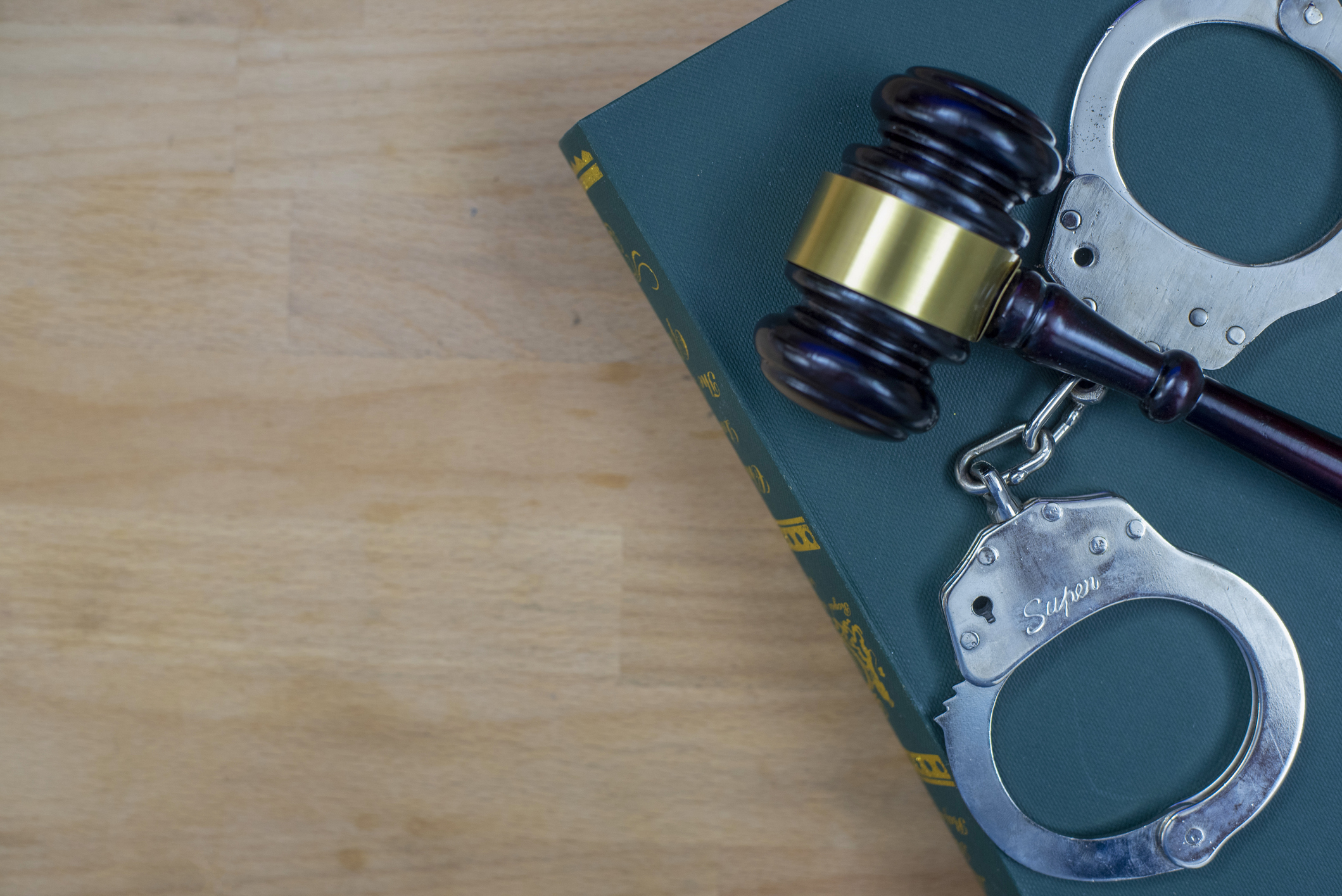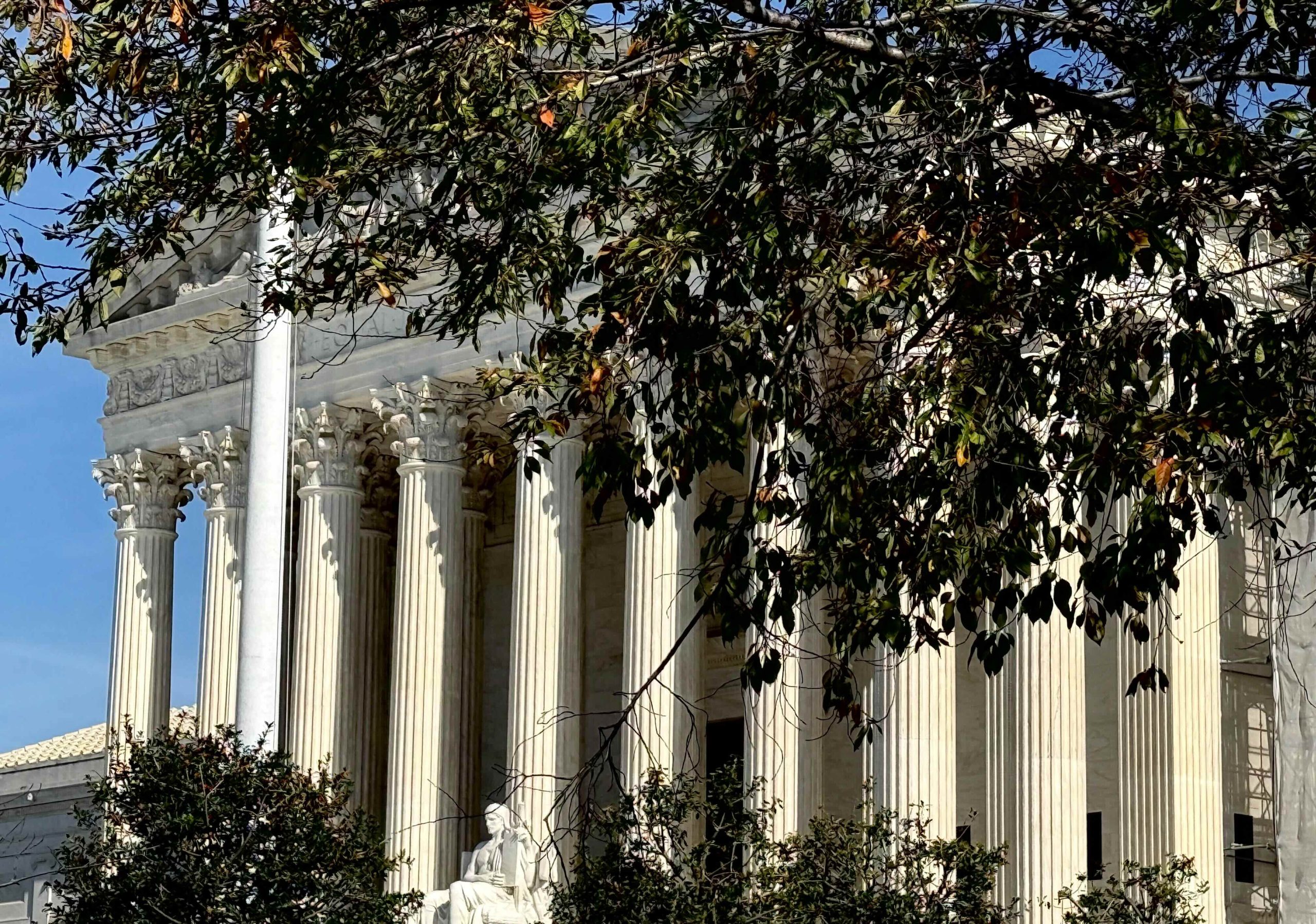Justices to review standing requirements for suits based on misleading securities registration statements
CASE PREVIEW
on Apr 13, 2023
at 2:49 pm
Slack Technologies’s headquarters in San Francisco, California. (Tada Images via Shutterstock)
Monday’s arguments in Slack Technologies v. Pirani present a stark contrast between text and policy arguments under the federal securities laws.
Although Slack Technologies is pretty simple as securities cases go, a bit of background is useful. In response to the catastrophic stock-market declines that set off the Great Depression, Congress enacted, along with a variety of other statutes, the Securities Act of 1933. Among that statute’s numerous requirements is one that obligates companies in specified circumstances to file a registration statement with the Securities and Exchange Commission before offering shares to the public. As relevant here, Section 11 includes a private cause of action in federal court if the statement includes any information that is materially false or misleading, at the behest of “any person acquiring such security.” Similarly, Section 12 imposes liability on any person selling a security “by means of a prospectus” that includes a material misstatement, running in favor of “the person purchasing such security from him.”
This case involves the relatively new mechanism of a direct listing. For the last decades of the 20th century, companies that went public made an initial public offering, in which they registered new shares and then sold them to the public, with a registration statement at the SEC matching the newly sold shares. A direct listing, approved by the New York Stock Exchange in the last decade, works differently. In this case, following that process, Slack itself sold no shares at all. Rather, some of its existing shareholders (holding about 40% of its outstanding shares), registered their shares with the SEC. The other shareholders did not register their shares because under applicable rules they could be sold to the public without registration.
The question in this case is whether Sections 11 and 12 of the Securities Act apply to the sale of those shares without registration. Specifically, Fiyyaz Pirani bought Slack shares in the direct listing and claims that the registration statement was materially misleading. Because registered and unregistered shares were sold at the same time, it is not obvious (as it would be in a conventional IPO) that the shares that Pirani purchased were registered. The question, then, is whether Pirani has standing – that is, a legal right – to file suit under Sections 11 and 12 of the Securities Act. The lower court said yes, holding that the statute applies whether the specific shares in question were registered or not. The Supreme Court agreed to review that decision, which conflicts with the views of other lower courts.
At first (and second) glance, Slack’s argument from the text seems compelling. To a reader knowing nothing about the statute or its history, it seems pretty likely that a statute imposing liability for a suit complaining about the falsity of “any part of the registration statement,” and offering recourse to “any person acquiring such security,” is referring to a security covered by the registration statement, not to a security exempt from registration. The language of Section 12 is, if anything, clearer, as it refers to the person who sold “by means of a prospectus” and imposes liability for the person buying “such security from him.”
If the text is not sufficiently compelling, Slack also offers a compelling structural point. Section 10(b) of the Securities Exchange Act of 1934 imposes a much broader liability – what the Supreme Court has called a “catch-all” antifraud provision that is not tied to a registration statement, but imposes a much higher bar, requiring proof that the defendant knew about the fraud. To extend Sections 11 and 12 to a broader range than the statutory text, Slack argues, would undermine the statutory distinction between the narrow, but relatively easy, cause of action under Sections 11 and 12 and the broad, but relatively hard, cause of action under Section 10(b).
To make matters even worse for Pirani, it happens that the U.S. Court of Appeals for the 2nd Circuit looked quite closely at the Section 11 question 56 years ago, in a decision by the renowned Judge Henry Friendly, probably the most influential securities-law judge of the 20th century. Friendly wrote a detailed opinion in Barnes v. Osofsky, concluding that liability under Section 11 is limited to the purchaser of the shares covered by the challenged registration statement. The justices (including most particularly Chief Justice John Roberts, who clerked for Friendly) probably will hesitate to reject Friendly’s analysis of Section 11.
To be sure, as Pirani points out, there is every reason to think that Pirani relied on the prospectus in purchasing the shares, whether or not they were registered. After all, those selling unregistered shares made no filing with the SEC describing Slack’s operations, so the registration statement for the registered shares was the only SEC filing to which Pirani could look. It also surely is true, as Pirani and his amici emphasize, that a ruling in favor of Slack will encourage companies to use a direct listing as a way to avoid liability under Sections 11 and 12.
Perhaps the most interesting aspect of the briefing is the “dog that does not bark.” Remarkably, the SEC does not appear in this case, though it participated directly in the process of approving the direct listing process, and so the solicitor general will not appear at oral argument. The justices well might suppose that the clarity of the text made it impossible for the SEC to file a brief in support of Pirani. It also might matter that the SEC filed a forceful brief in Barnes, recommending the result that Friendly reached. A brief calling for the opposite result now would be an eye-opener.
One other detail of the briefing warrants attention. Slack takes the position that Pirani cannot possibly prove that the shares he purchased were registered. An amicus brief from a group of law and business professors forcefully argues that under the practices and technology of the modern securities industry, Pirani well might be able to identify the seller of his shares, and thus successfully make out a claim under Sections 11 and 12 even under Slack’s reading of the statute. Those professors do not support Pirani’s reading of Sections 11 and 12, but they do urge the court not to overstate the difficulty of Pirani successfully proving the source of his shares.
I always hesitate in offering a preview that suggests a case is relatively one-sided on the merits, and of course I’m not always correct when I do. I do think, though, that oral argument often sheds light on that topic and expect the same result in this case next week.
Disclosure: Lawyers associated with SCOTUSblog are among the counsel to Fiyyaz Pirani in this case. The author of this article is not affiliated with the firm.





